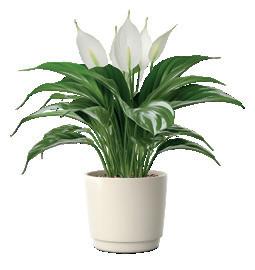
7 minute read
Be Phenomenal Women (Issue 9)
HEALTHY HOUSEPLANTS
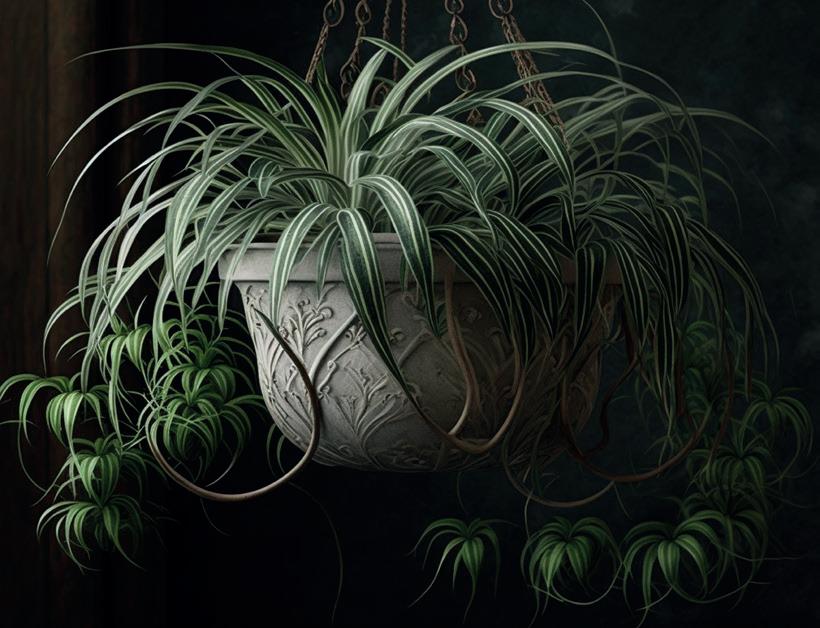
Anyone who’s ever shopped around for houseplants would probably admit to prioritising the way they look and what their maintenance requirements are before deciding on one to bring home. Those are obvious things to keep in mind, but there’s one more important aspect we sometimes tend to forget about when looking for an ideal houseplant: its health benefits.
Good health depends on more than just diet and exercise. Without a doubt, your environment affects your health too, and the right houseplant can actually make a big difference in your mood, your stress level, your sleep quality and even your breathing.
A nice-looking plant is great, but a nicelooking plant that quietly works its magic in the background on your health as you go about your regular routine is even better. Here are eight houseplants that can help solve a few common health-related problems.

1. Spider Plant
Spider plants are great for removing formaldehyde from the air in your home. This is the stuff that comes from all sorts of things you bring into your home including paper bags, waxed papers, facial tissues, paper towels, napkins, particle board, plywood panelling and synthetic fabrics. In addition to formaldehyde, snake plants target carbon monoxide and other toxic air impurities as well.
If you have poor indoor air quality and not much of a green thumb, a spider plant may be exactly what you need. It’s one of the easiest plants to care for and can be kept in less sunny places in your home since it typically doesn’t like to be placed under direct sunlight.
A spider plant can grow in any type of soil and only needs to be watered occasionally. If you can remember to water it often enough that its soil stays moist, then that’s all you really need to keep this plant alive and thriving.
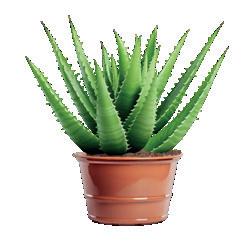
2. Aloe Vera
Chances are you’ve probably heard of or used commercially sold medicinal creams or ointments that say they contain aloe vera on their labels. Despite a lack of scientific evidence that aloe vera has substantial healing properties, it’s been used for thousands of years as a common natural remedy to soothe irritated skin.
The clear, gel-like substance found in the inner part of the leaf can be applied directly to the skin.
According to WebMD, people typically use it to help treat burns, sunburn, frostbite, psoriasis and cold sores. Make sure you speak to your doctor first in case you have any allergies.
Aloe vera plants need to be deeply watered and their soil left to dry just slightly (about 1 to 2 inches deep) between watering. They do very well with lots of sun but can turn brown if they get too much of it, so keeping your aloe vera plant under indirect sunlight is best.
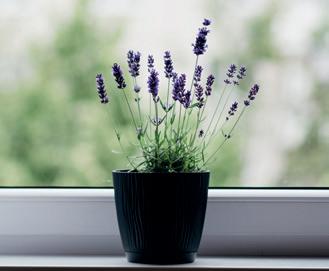
3. Lavender
Lavender is a flowering plant that has a very gentle and pleasant aroma. Best known for its stress-relieving mental benefits, the scent of lavender is often used in spa products like bath salts, skincare creams, soaps, and candles. You can place a lavender plant anywhere in your home but putting it in your bedroom is especially helpful since it may help you sleep better. Catching a whiff of lavender may help soothe restlessness, nervousness, anxiety, depression, and insomnia.
Lavender plants prefer well-drained soil and lots of sunlight. They also need deep watering but be careful not to water them very often. Aim to water your lavender plant when the soil is nearly dry.
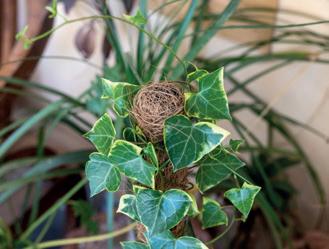
English Ivy
Nobody ever wants to think about the possibility of mould thriving in their home. If you’re worried about it, bringing an English ivy plant into your home can help you rest easy since it’s well-known to purify up to 94 percent of airborne mould particles that can trigger allergies.
Like the lavender plant, English ivy is another great plant to put in your bedroom. If you have asthma or difficulty breathing at night, it can help you breathe easier and get a restful night’s sleep.
Be aware that English ivy is poisonous, so it should be kept well out of reach from children and pets. The plant thrives under fluorescent light but not direct sun, so it’s the perfect houseplant for darker than normal bedrooms with artificial light. Soil should be kept moist at all times, but not soggy.
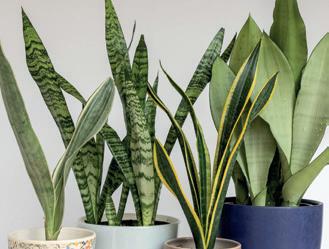
5. Snake Plant
Another great houseplant for the bedroom, the snake plant (also known as the ‘Mother-in-Law’s Tongue’) is among one of the most popular choices for improving indoor air quality. It actually gets most of its job done at night, converting carbon dioxide into oxygen as you sleep.
Snake plants also remove all sorts of toxins from the air including trichloroethylene, formaldehyde, toluene, benzene, and xylene. To optimise its air-purifying power throughout your entire home, you’ll likely need more than one plant.
Considered to be one of the easiest plants to care for, snake plants do great when placed under indirect sunlight. You don’t have to water them much at all, and they’ll grow better if you let them dry out quite a bit between watering.
6. Rosemary
Rosemary is an herb that’s been used in folk medicine for centuries to help improve concentration and memory. It turns out that there may be some merit to this claim since a study conducted by Northumbria University found that people who were exposed to the scent of rosemary essential oil performed better on questionnaires compared to people who were exposed to no scent at all.
The memory-boosting component of rosemary is thought to be caused by a compound called 1,8-cineole, which may cause increases in a neurotransmitter called acetylcholine. Although you may be able to take advantage of a more potent scent by using rosemary essential oil with a diffuser in your home, it doesn’t hurt to keep a rosemary plant nearby in places like your home office or any other room where you could use a mental boost.
Rosemary can be planted in a pot and put in any spot where it has access to bright sunlight. It should be watered evenly throughout the growing season but will need less water in the winter. Avoid over-watering and remember to trim your rosemary plant after it flowers.
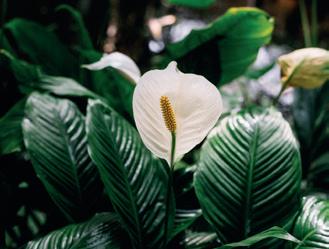
7. Peace Lily
Peace lilies will really compliment your home decor in the summer when their beautiful white flowers are in full bloom, but that’s not all that they can do. This pretty and powerful houseplant is a master of air pollutant removal - working hard to absorb ammonia, benzene, xylene, formaldehyde and trichloroethylene throughout your home.
Since this is a flowering houseplant, it will produce some pollen and a floral scent, which isn’t always suitable for people with plant and pollen-related allergies. With that in mind, peace lilies can make a gorgeous addition to any dining table, side table or entryway table.
Peace lilies should be planted in a pot with all-purpose soil and kept slightly moist throughout the entire year (without overwatering). They can thrive in both low and bright light but do best in shaded areas.
Never discount the power of what a simple and innocent looking houseplant can do for your health. It’s worth doing some further research on the type of plant you choose and how to care for it if it means it will make a difference in how you feel.
Elise Moreau
Elise is a writer who is most passionate about helping desk workers improve their health and productivity.










